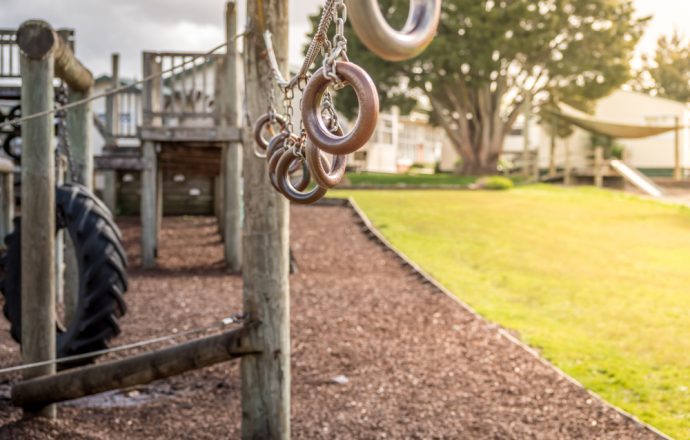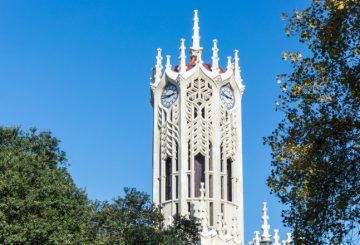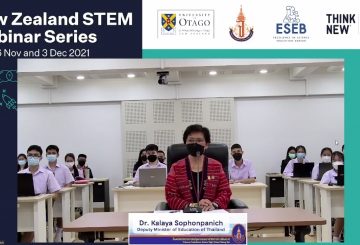초·중등학교들은 연간 2,000만 달러 이상의 등록금에 해당하는 외국인 학생 등록에 대한 정부의 (재)검토는 위협적이라면서 우려를 표하고 있다.
부문별 지도자들은 정부의 이번 보고서는 완전히 놀라운 것이었으며, 변화정책이 무엇인지 충분히 설명되지 않았다고 말했다.
뉴질랜드 초·중등학교는 규모가 작지만 국제 교육 분야에서는 커지는 추세이다.
2019년에는 324개 초·중등학교에 5,225명의 아이들이 등록, 총 2,400만 달러의 등록금을 납부했다.
그 중 일부는 몇 주 간에 걸쳐 운영되는 school groups으로 입학했고, 다른 아이들은 부모 또는 법적보호자와 1년 내내 함께 지냈으며, 10세 이상의 아이들은 홈스테이 가족과 함께 지냈다.
Tauranga에 Pillans Point 학교장 Matt Simeon은 사람들이 검토서 발표에 대해 걱정하고 있다고 말했다. “의외의 충격이었다. 4~5주 전에 소문으로는 들었지만, 초·중등 과정에서 국제(학생) 교육 조항을 검토하고 싶다는 내용의 문서가 나와야 하는데, 도대체 무슨 일이 일어나고 있는지, 왜 그런지에 대해 많은 사람들이 궁금해한다”고 전했다.
교장들은 그동안 교육부가 교장들이 이렇게 어린 아이들을 받아들이는 것을 선호하지 않는다고 의심했었는데, 교장들은 교육부가 어떤 변화를 원하는지, 어떻게 교장들에게 얘기해야할지를 몰랐던 것 같다 말했다. “(입학)연령을 변경할 건가? 나이 제한을 둘 건가? 아니면 이 정책이 가져올 엄청난 영향을 우려해 아예 받지 않을 생각인지도 모른다.”
Simeon은 학교가 추가 보조교사 비용을 지불하기 위해 학생들로부터 나오는 수익금을 사용했으며 등록이 감소하면 일자리 손실이 발생할 것이라고 말했다.
정부 규정상 10세 미만의 외국 학생은 법적 보호자 또는 부모와 함께 살아야 한다.
학교 국제 교육 사업 협회의 John van der Zwan은 그동안 어린이들에게 좋은 수준의 보살핌을 보장했으며, 초등학교 부문이 다른 학교들보다 코로나를 극복하는데 더 많은 도움을 주었다고 말했다.
그는 자녀의 영어 교육 원하는 가족 유형은 이미 세계적인 추세이며, 뉴질랜드는 특히 중국과 한국에서 온 아이들을 끌어들이고 있다고 말했다.
그는 많은 어린이들이 중등 학교와 대학으로 진학해 계속 공부하고 있다고 말했으며 이는 뉴질랜드에게 좋은 일이라고 설명했다.
van der Zwan은 정부의 검토가 완전히 뜻밖이라고 말했다.
“아닌 밤중에 홍두깨같은 소리예요. 자신들이 기대했던 것이 전혀 아니다”라고 그는 말했다.
Palmerston North의 Whakarongo 학교장인 Jaco Broodryk은 현재는 3명의 외국인 학생이 있지만, 보통은 한 해 10명 정도라도 밝혔다.
그는 그동안의 입학제도로 인해 학생들이 문화 역량을 발전시키는 데 도움을 주었으며, 이 제도에서 파생된 경제적 이익은 지역 사회로 더 넓게 확대되었다고 말했다.
Broodryk 교장은 뉴질랜드의 외국인 학생 유치 경쟁국인 호주와 캐나다가 초등 외국인 학생 등록을 허용하지 않았기 때문에 뉴질랜드에 유리했다고 밝혔다.
그는 초등학교에서 시간을 보낸 유학생들이 중등학교에서도 공부할 준비가 더 잘 되어 있었다고 말했다.
hris Hipkins 교육부 장관은 이번 검토가 뉴질랜드의 국제 교육 분야를 개선하기 위한 움직임의 일부라고 말했다.
그는 “국경 제재가 진행되는 동안 국제교육전략에 나타난 ‘고품질, 고가치’ 전략 전환을 가속화하고 장착할 수 있는 기회”라고 말했다.
“이는 초등 및 중급 수준의 유학생을 대상으로 현재 정책 설정을 검토하여 목적에 적합한 학생인지 확인하는 작업도 포함되며 교육부는 현재 이 문제에 대한 자문을 개발 중이다. 2021년 말 공식 공문을 앞두고 이 분야와 잠재적 옵션에 대해 협력할 것으로 기대하고 있습니다. 아직 초·중등학교 국제 학생들에게 영향을 미치는 정책 변경에 대한 결정은 내려지지 않았다”고 밝혔다.
출처: RNZ 뉴스






























































